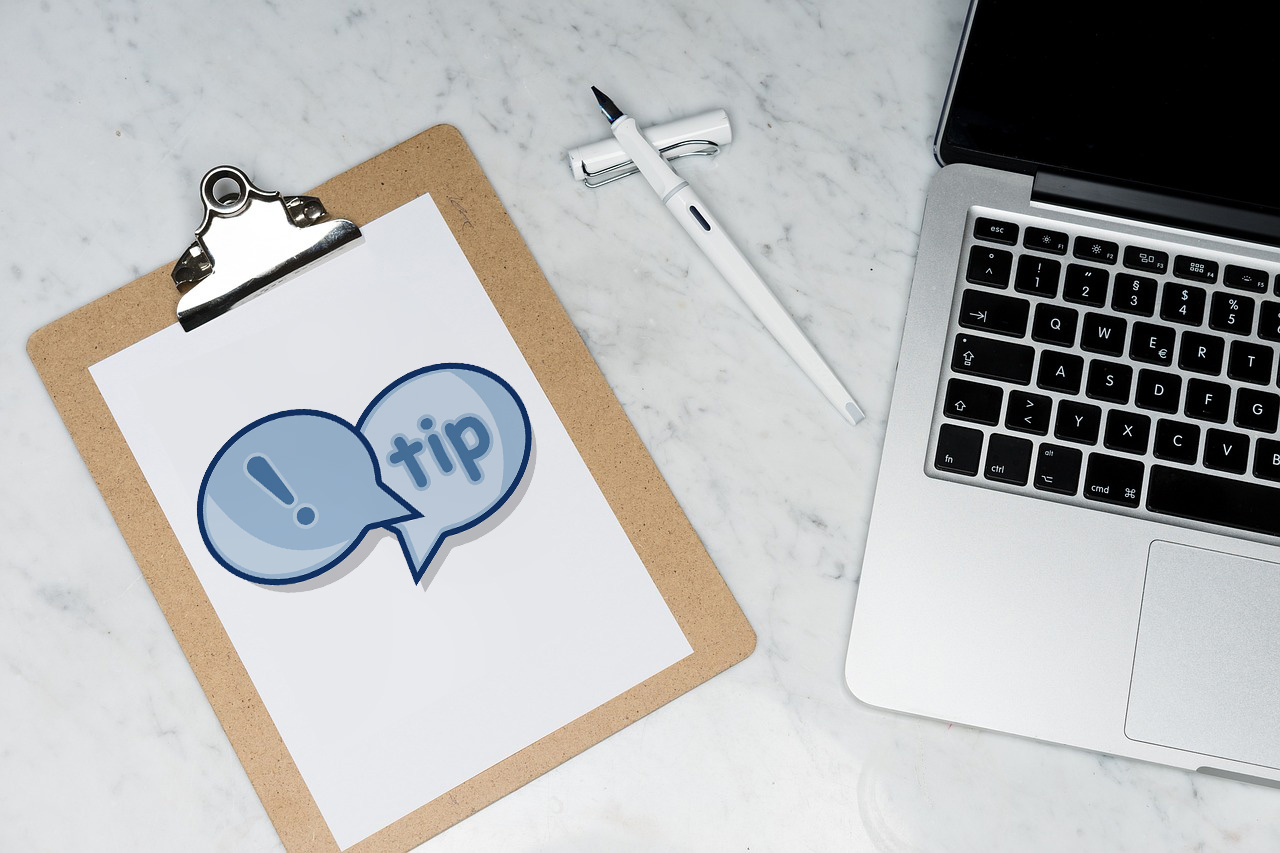How to Manage Your Presentation Nerves!

So I recently spoke at Port Macquarie’s Micro Business Forum on The 5 Things We as Business Owners Need to Know to Keep our Computers (& Businesses) Running Great!
It went well.
But being my very first public presentation, of course I was nervous!
Besides learning from local ladies Liz Paine and Pix Jonasson and business heros Brad Sugars and Steve Jobs videos and audios I found this guide really helpful.

Managing Presentation Nerves
Coping with the Fear Within
Your stomach is queasy, your palms are sweaty, and your mind has gone blank about your opening lines. What will you be like when you’ve been introduced, and the room goes quiet? Are you doomed to presentation panic or paralysis, or can you overcome that debilitating nervousness and deliver a speech that wows the audience? (Or at least leaves them feeling satisfied?)
If you are like most people, then public speaking or presenting is one of your major fears. Yet these skills are often called upon. It might not be to an audience of hundreds, but giving presentations to staff or even team members is a common enough occurrence. You owe it to yourself to develop some strategies and techniques to manage your nerves so you can concentrate on delivering an effective and engaging presentation.
Notice we didn’t say to get rid of your nervousness. This is because presenting is not a natural activity ; even the most practiced presenters get a bit nervous. The point is this: your nervous energy can be used to your advantage. When you are in a heightened state from the adrenaline that is being pumped into your body, you can use that energy to communicate enthusiastically, convincingly, and passionately. The key is to decrease your level of nervousness so you can use your energy on these positive activities, not on trying to control your nerves.
So, to harness your nervousness and bring it under control, there are six key tips to remember. These tips are all designed to help you focus on your audience and their needs rather than on yourself and how you are feeling. They all stem from one truism:
The more uncertain you are, the more nervous you will be.
The more you can control the uncertainty, the less nervousness you will experience and the more residual energy you will have to devote to the presentation itself.
Key Points
When it comes to presenting, nerves are inevitable. Letting them get the better of you is not. You need to develop a strategy for taking the focus off your nervousness and putting that energy to positive use. By controlling as much of the uncertainly as you can, you increase your confidence in your ability to deliver an excellent presentation. This confidence then counteracts your nerves, and you create a positive cycle for yourself.
Nerves are not your enemy, and you don’t have to fear public speaking. For your next presentation, be knowledgeable, be well practiced and prepared, try out some physical relaxation techniques. Amaze yourself and impress your audience with your calm and cool delivery of a great presentation.
Six Steps to Conquering Your Presentation Nerves
Step 1 – Know Your Audience
Consult your audience before your presentation. The more confident you are that you are presenting them with useful and interesting material for them, the less nervous you will be overall. You really don’t want your presentation to be a surprise. If it is, you lose complete control over the audience’s reaction and that is a large factor in nervousness. So:
Define who your target audience is.
Ask people who are representative of the audience what they expect from the presentation.
Run your agenda by a few people to see if they think something is missing or is overkill.
Consider contacting participants by email beforehand and asking them a few questions about what they expect.
Greet audience members at the door and do a quick survey of why they are there and what they expect.
Step 2 – Know Your Material
Nothing is worse for nerves than trying to give a presentation on a topic you are not well prepared for. This doesn’t mean you have to be an expert beforehand, but you’d better know it backwards on presentation day. And making sure you’ve understood your audience, and their needs properly will help you ensure that your material is on target to meet their needs.
Another important point to remember is that you can’t possibly cover everything you know in your presentation. That would probably be long and boring. So, select the most pertinent points from your subject base and then supplement with other material if time allows.
Tip:
To make your material interesting and memorable, include occasional questions to the audience to encourage audience participation. This enhances the learning experience and gives you a break from presenting. It also allows you deliver your information in a more conversational manner which is often more believable.
Step 3 – Structure Your Presentation
A common technique for trying to calm nervousness is memorizing what you intend to say. But all this does is make your delivery sound like it is coming from a robot. If you miss a word or draw a blank, your whole presentation is thrown off and then your nervousness compounds itself with every remaining second. It is far better to structure your presentation so that you give yourself clues to what is coming next.
Have a set of key phrases listed on a cue card.
Refer to these phrases to trigger your mind as to what is coming up next.
If you’re using slides, use these key phrases in your transitions.
This approach helps you control your own uncertainty about whether you will remember what you want to say and the order you want to say it.
Tip:
A simple, widely used, and highly effective structure is to tell the audience what you’re going to say, then say it, and then recap what you’ve said.
Step 4 – Practice, Practice, Practice
Although you should avoid memorizing your presentation, you do want to be very comfortable with your delivery. Familiarity brings confidence, and practice helps you to deliver the words naturally. This means they will be coming more from your heart and mind, rather than from a piece of paper.
Learn the organization and order of your presentation.
If you do feel the need to memorize, limit it to your opening. This will help you get off to a smooth start.
Try videotaping yourself. You will see what you look like to others and then you can make a plan to change the things that need changing.
Use audiotape to listen to how you speak, your tone and your speed, and adjust appropriately.
Prepare for large speaking events by practicing with a smaller audience first; for example, by inviting colleagues to listen to a dry run during their lunch hour.
Step 5 – Prepare, Prepare, Prepare
Once you know what you are going to say, you need to prepare yourself for the actual delivery.
Decide what you are going to wear – make it comfortable and appropriate.
Arrive early and get your equipment set up.
Anticipate problems and have backups and contingencies in place in case something doesn’t work, you forget something, etc.
If possible, give everything one last run through in the real environment.
Prepare responses to anticipated questions. Try to think like that one person in the front row who always tries to trip the presenter up.
Step 6 – Calm Yourself from the Inside
Nervousness causes physiological reactions which are mostly attributed to the increase of adrenaline in your system. You can counteract these effects with a few simple techniques:
Practice deep breathing – adrenalin causes you to breath shallowly. By breathing deeply your brain will get the oxygen it needs, and the slower pace will trick your body into believing you are calmer. It also helps with voice quivers, which can occur when your breathing is irregular.
Drink water – adrenalin can cause a dry mouth, which in turn leads to getting tongue-tied. Have a glass of water handy. Take sips occasionally, especially when you want to emphasize a point.
Smile – this is a natural relaxant that sends positive chemicals through your body.
Use visualization techniques – imagine that you are delivering your presentation to an audience that is interested, enthused, smiling, and reacting positively. Cement this positive image in your mind and recall it right before you are ready to go on.
Press and massage your forehead to energize the front of the brain and speech center.
Key Points
When it comes to presenting, nerves are inevitable. Letting them get the better of you is not. You need to develop a strategy for taking the focus off your nervousness and putting that energy to positive use. By controlling as much of the uncertainly as you can, you increase your confidence in your ability to deliver an excellent presentation. This confidence then counteracts your nerves, and you create a positive cycle for yourself.
Nerves are not your enemy, and you don’t have to fear public speaking. For your next presentation, be knowledgeable, be well practiced and prepared, try out some physical relaxation techniques. Amaze yourself and impress your audience with your calm and cool delivery of a great presentation.
– See more at: http://www.mindtools.com/pages/article/PresentationNerves.htm#sthash.HLvbqxPw.dpuf
Share your presentation story! Let us know in the comment space below!
*Comments moderated for spam so your comment may not appear for 24-48hrs!

#02 65 841 551 :: sales@pcpitstop.com.au :: www.pcpitstop.com.au/blog
 |
 |
 |
 |
 |




